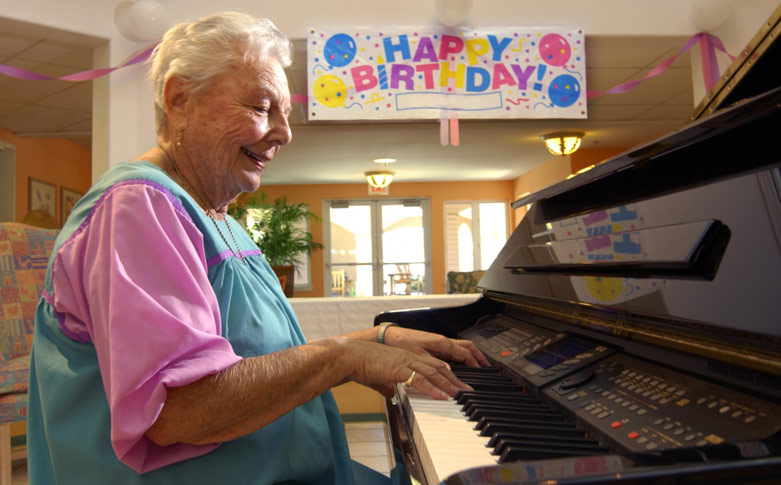 Thinkstock | Stockbyte
Thinkstock | Stockbyte
According to a recent article by the New York Times, 70% of patients with advanced dementia will settle into a nursing home near the end of their lives. But nursing homes and the quality of care they provide have been the target of widespread criticism.
Only there’s more to the story.
The article notes that while recent reports do shine some much needed light on areas of weakness, there are elements of the nursing home care conversation that have not yet garnered the same level of public awareness—some of which are actually positive.
Now, Mary Ersek, who operates as part of an interdisciplinary team working to improve long-term facilities, is drawing those less visible elements to the forefront.
Ersek begins by tackling two major points that are commonly ignored:
First, nursing home use is projected to increase dramatically in the coming years, despite these reports and the concerted efforts to keep people with dementia in their homes. So that means we had better move now to fix what’s wrong.
The second point is that many facilities already are trying to “get it right” and have adapted their routines, policies, staffing and physical environment to better meet the individualized needs of their residents. Some of them have succeeded.
So, what’s the secret to their success?
There are several names for the efforts to transform institutional long-term care, including relationship-centered care, person-centered care and cultural transformation. Common to all of them are the principles of palliative care: maximizing comfort and pleasure rather than cure or rehabilitation and providing care that is consistent with residents’ and families’ preferences.
But quality nursing doesn’t just utilize palliative care, it seeks to improve it. For example:
Person-centered care translates simple preferences and habits into daily routines. A critical element of this approach as applied to dementia care is training caregivers to understand the possible reasons for dementia-related behaviors that reflect distress and unmet needs.
An alternative approach is to identify possible triggers to the behavior and intervene by changing the environment or routines.
So, what’s a productive conversation?
In palliative care, we ask surrogate family decision makers to imagine what their loved ones would say “if they were able to tell us right now.”
Would they want a feeding tube if they were no longer able to swallow?
Ersek does end the article on a more encouraging note—stressing that despite many issues, quality nursing home care does exist.
These employees make sure the TV is on at the beginning of the Phillies game because Joe likes to sing “The Star-Spangled Banner,” and they bring doughnut holes for Edith’s birthday, knowing she could eat a dozen of them (but shouldn’t). All this, for residents who think that Steve Carlton still pitches for the Phillies, or can’t name their favorite food even as they eat it. All this, for little recognition and relatively low wages. Why? Because they care. So should we.
Interested in viewing the article in it’s entirety? Check it out here, and then let us know what you think about Ersek’s many observations in the comments section below.

















